The Art of Japanese Haiku

The haiku is a Japanese form verse consisting of 17 syllables in three units: 5, 7 and 5 syllables. It began in the late C19, and is not to be confused with hokku, a starting verse setting the tone for a potential chain of verses or haikai.
The haiku above reads:
Calm and serene
The sound of a cicada
Penetrates the rock
(Matsuo Basho, 1644-94)
The sound of a cicada
Penetrates the rock
(Matsuo Basho, 1644-94)
And two others:
I long to meet my parents
as they were
before my birth
The crow has flown away:
swaying in the evening sun,
a leafless tree
(Soseki Natsume, 1867-1916)
as they were
before my birth
The crow has flown away:
swaying in the evening sun,
a leafless tree
(Soseki Natsume, 1867-1916)
Often haiku set two disparate images down, each in some way illuminating and intensifying the other. In the last poem, there are two senses of the 'departed'.
Some haiku may seem whimsical:
I want to sleep
Swat the flies
Softly, please.
For love and for hate
I swat a fly
and offer it to an ant
(Masaoka Shiki, 1867-1902)
Swat the flies
Softly, please.
For love and for hate
I swat a fly
and offer it to an ant
(Masaoka Shiki, 1867-1902)
Each haiku contains a kigo or season work, indicating when the poem is set. The sound of cicadas in the earlier example would suggest early summer.
Haiku were an important influence on certain types of early C20 European avant garde poetry, such as that of Ezra Pound.
Today, this influence is more directly imitative:
The flap of a bat,
drip drip of monsoon waters.
Ancient image stares
(Phil Wahl)
Behold the ego
Set in glowing emptiness
On the edge of time
(Noel Kaufmann)
through the fingerprints
on my window -
cloudless blue sky
(Paul Mena)
drip drip of monsoon waters.
Ancient image stares
(Phil Wahl)
Behold the ego
Set in glowing emptiness
On the edge of time
(Noel Kaufmann)
through the fingerprints
on my window -
cloudless blue sky
(Paul Mena)
Thought I'd try my hand at one - inspired by the following set of images:

Golden sunlight through bare branches
Blond strands of a man's hair
An erotic darkness
Blond strands of a man's hair
An erotic darkness
Mmmm ... . Better stick to academia! Or I'll risk a long jail term from the quality literature police.
My defense - it's not as easy as it looks.
Wanna try?

![C18 Bronze Buddha [Southern China]](https://blogger.googleusercontent.com/img/b/R29vZ2xl/AVvXsEioLkgVKuhDoIHQgM1X6Oe2hGn75yqaj4OJXPmNpumXmQPKxB22S57YS5DVrl1P7zl7BS6EFpAtaNZPze7gzVCRiQI54bwdHhVa4fGr7NOChZwTZoo92gUen6tC5U8gWIy_pv92U0FB38M/s1600/Buddha+%255BBronze%252C+C18%252C+China%255D+1.jpg)




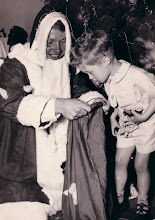







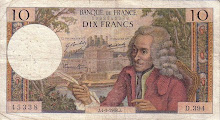
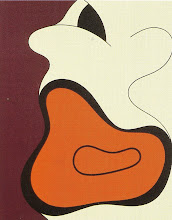+1998+Cropped.jpg)

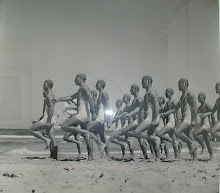
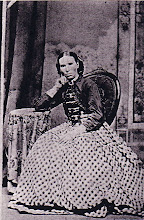



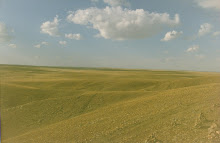



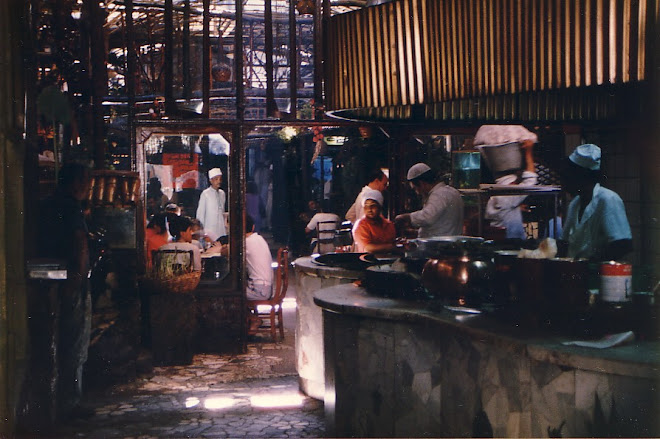

Tongue a luscious probe
ReplyDeleteDeep into the hairy folds
Sweet nectar is come